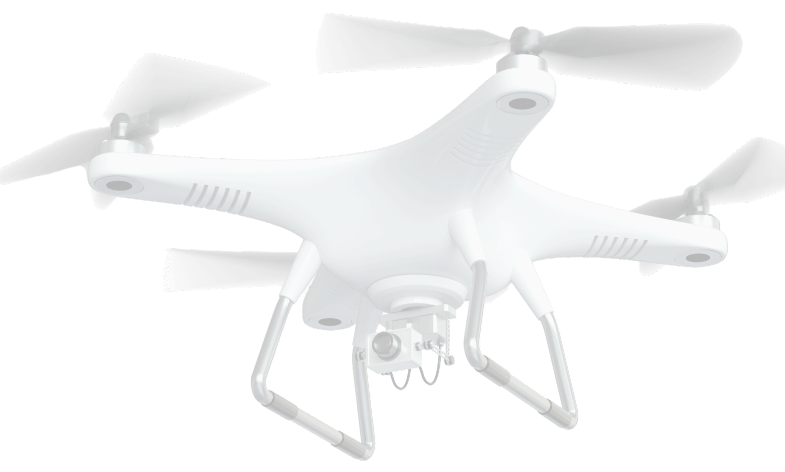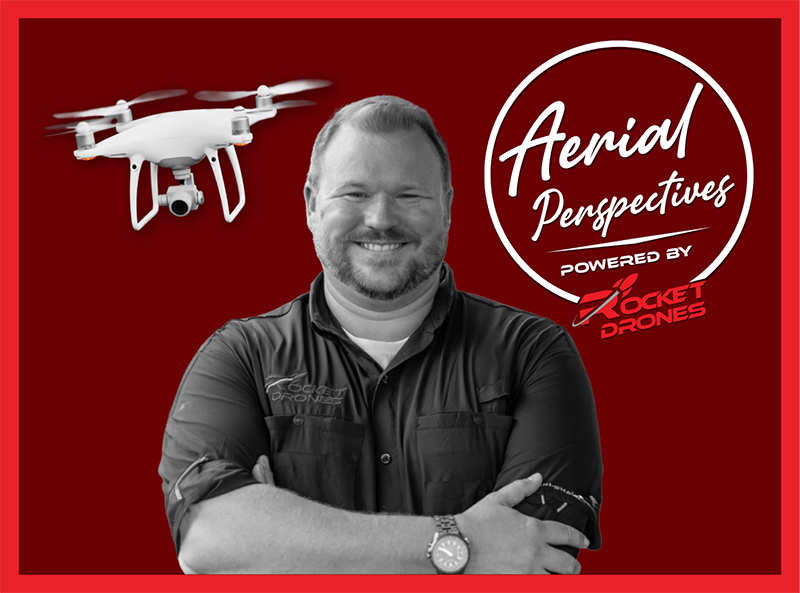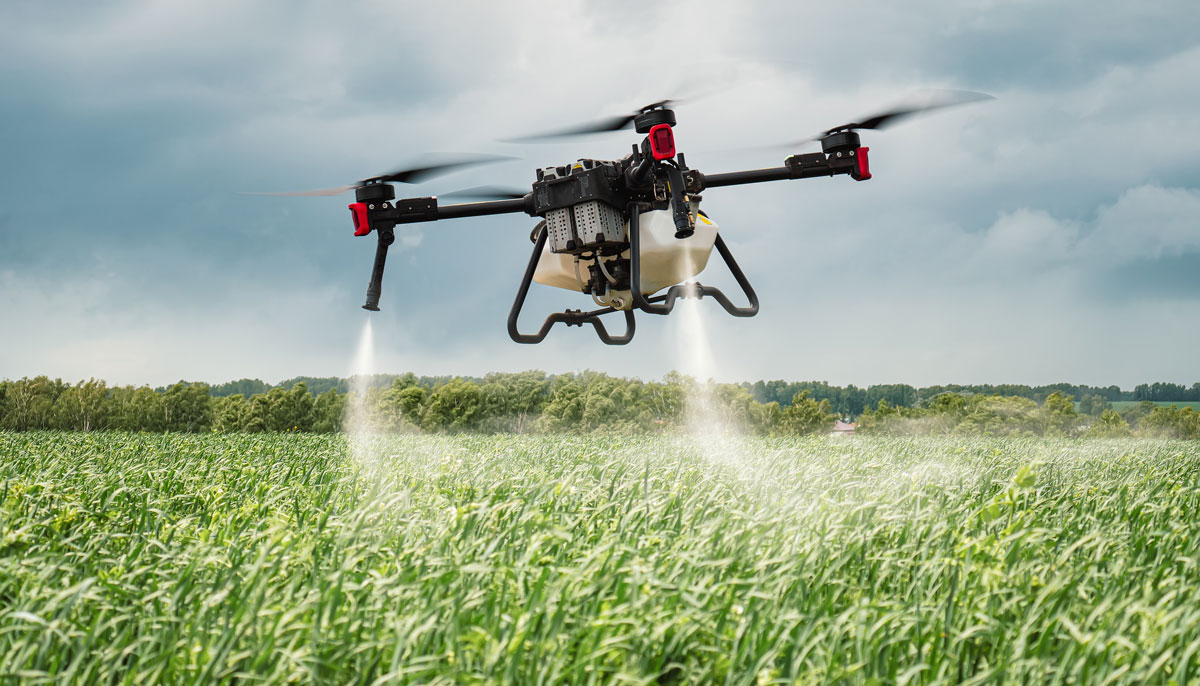
How Much Weight Can a Drone Carry?
Drones have been deployed throughout a wide range of applications. Initially allowing aerial photographers to capture stunning pictures without an expensive ride in a helicopter, the industry’s most creative minds were just getting started. More recently, companies are grappling with how drones can solve complex logistics hurdles. Drone manufacturers and end users have been focusing on payload and delivering goods more quickly and efficiently. At Rocket Drones, we recognize the importance of exposing students and new pilots to a full range of drone careers and applications, including heavy lift drones. In this article, we will discuss how much weight a drone can lift, the different types of heavy lift drones, and the different applications for these aircrafts.
How Much Can Heavy Lift Drones Carry?
It’s important to realize that heavy lift drones are nothing like your standard commercial photography drone. They are much larger and are used primarily for civil and military operations to solve complex logistics and supply chains issues. For instance, the T400 from Malloy Aeronautics has a maximum payload of 397 pounds and a cruising speed of 78 MPH. If that’s not impressive enough, the T400 can travel up to 12 miles with its maximum payload. Having cargo hauling technology like this has greatly increased the cadence at which militaries and rural operations can move heavy materials to their final location without using trucks or manned aircraft.
How Much Can Commercial Photography Drones Lift
Before you go strapping a box to your DJI Mavic to fly to your friend’s house, you’re going to want to read this next part. Most standard photography and video drones are not built to carry anything other than what exists on the platform. For example, the DJI Mavic 3 Pro can only carry a little over a pound through the air. While you may be able to lift slightly more weight off the ground, the drone’s ability to fly will decrease drastically and put added stress on the motor. This added weight will also drain the battery faster and potentially end in a crash which could damage your drone or property. Long story short, if you want to carry heavy payloads from point A to point B, you need a drone that’s built specifically to do the job.
Do You Need Special Authorization or A License for Heavy Lift Drones?
The Federal Aviation Administration mandates that any unmanned aircraft system (UAV) that weighs more than 55 pounds is not covered to operate under the standard Small UAS Rule (Part 107). Operators who wish to fly a heavy cargo drone or any drone exceeding 55 pounds at takeoff must apply for an exemption in the Special Authority for Certain Unmanned Systems. This exemption must include a robust battery of details, including your concept of operations, emergency procedures, risk analysis, and more. Since these drones are usually much larger, there is a heightened risk for interfering with manned aircraft and catastrophic failures or crashes pose a much higher risk to property and civilians on the ground.
Different Applications for Heavy Lift Drones
Heavy lift drones are deployed in a wide range of applications in both the civil and military field. Their enhanced payload capability makes solving complex problems possible and innovating custom solutions to streamline tasks. Below are a handful of applications where heavy lift drones are making a difference.
Agriculture
Smaller drones have given farmers an opportunity to monitor their crop health and enhance security on their acres easier and more efficiently. With the introduction of heavy lift or cargo drones, farmers have been able to outfit aircraft with sprayers to apply fertilizers and other pesticide solutions to spray faster and more efficiently.
Firefighting
In a situation as dangerous as firefighting, drone technology has enabled crews to prioritize safety and increase their access to data. Outfitting heavy payload drones with advanced thermal imaging, drones can be deployed to rapidly identify hot spots and send real-time data back to firefighting teams. This data can help hose teams extinguish fires faster and safer.
Military Logistics
Forward deployed military units often operate in dangerous, unpredictable terrains. Using heavy lift drones to move cargo without obstacles has enabled operators to get critical supplies where they need to be faster and safer than ever before. This includes food, water, medical supplies, ammunition, and more.
Civilian Logistics
Massive logistics and online product sales companies like Amazon have begun to roll out drone delivery service for specific items. Now, customers in select cities have the capability to have a drone deliver their package within hours of being purchased. This potentially opens the door for rush deliveries for other critical items like medication in densely populated cities where traffic can be an issue.
Final Thoughts on How Much Weight Can a Drone Carry
Drone technology has advanced to allow payloads up to hundreds of pounds. However, most of these large heavy lift drones are for civil and military use and require more steps to become qualified. Before operating, always ensure you have read the latest regulations from the FAA so that you know you are operating legally and safely.
How Does Rocket Drones Prepare Students for Heavy Lift Drones?
The fundamentals and foundation for becoming a heavy cargo drone pilot are the same as piloting any other UAV. Rocket Drones prepare middle school and high school students for a multitude of careers in drones with real logged flight hours, a comprehensive portfolio, and an opportunity to earn their FAA Part 107 certification at the age of 16. Students who graduate from high school with Rocket Drones experience enter the workforce with a proven skill set as turnkey employees who qualify for high-paying careers.
Get in Touch
If you’re ready to take the next step with Rocket Drones at your school, learn more about it and get in touch with us on our curriculums page.
Aerial Perspectives Podcast

Discover the exciting world of drones with Aerial Perspectives! Each episode takes you behind the scenes with drone pilots from diverse industries–cinematography, construction, inspection, agriculture, and more.





